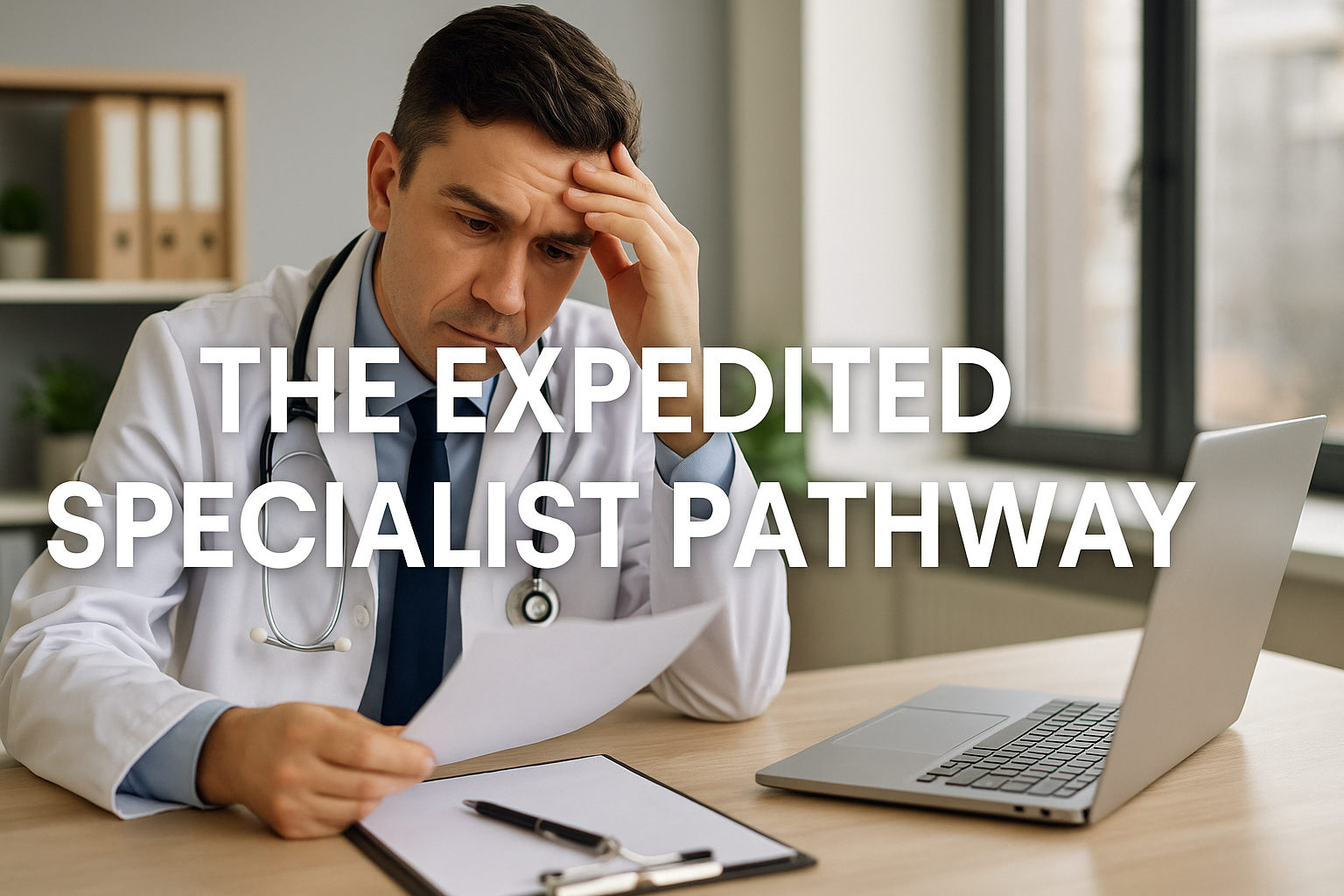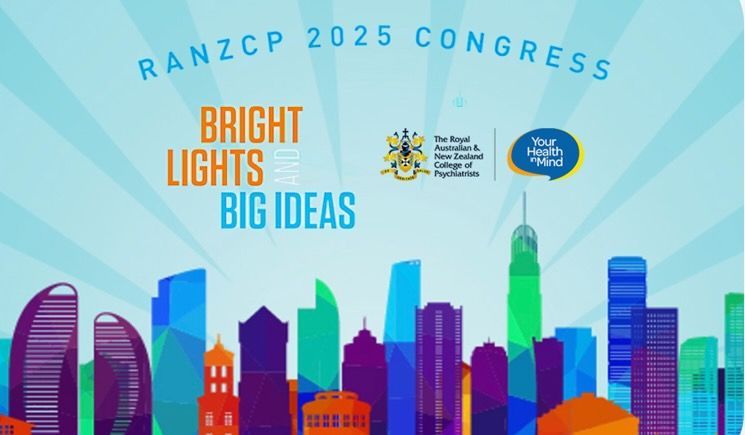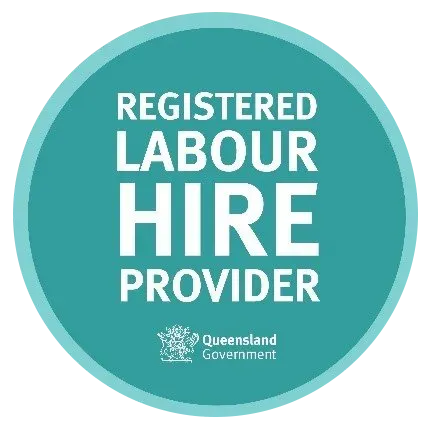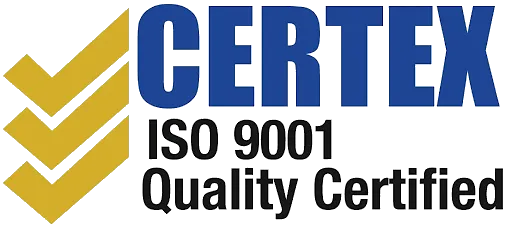Jan 2022: Interstate Travel in Australia

Interstate Travel in Australia
Last updated: 11 Jan 2022
We would like to keep you up to date on the current Australian
state border developments. You will find an overview below with the requirements for doctors to enter each state. While this information will change over time, the details below will give you a good introduction to the current situation.
We hope you will find this information useful, and if you have any questions, please reach out to us any time!
ACT
There are no longer any restrictions on interstate travel to the ACT.
NSW
There is currently no requirement to complete an entry declaration form when travelling to NSW. If you are allowed to travel to NSW from a location that appears in the COVID-19 concerns notice, when you arrive in NSW you may be required to:
follow the interstate traveller guidelines if you have been in an
area of concern or
place of high concern
follow the COVID-19 rules and restrictions that apply in NSW
get a COVID-19 test if required to do so.
NT
You must Complete a Border Entry Form before arriving in the NT
You need to be fully vaccinated
A pre-arrival COVID-19 PCR test is not required for interstate travellers entering the Northern Territory.
You must do a Rapid Antigen Test within two hours after arriving in the NT.
Have a Rapid Antigen Test on Day 3 after arriving in the NT.
Have a Rapid Antigen Test on Day 6 after arriving in the NT.
As proof, a photo must be taken of each of the test results, the packaging displaying the batch number and a document identifying yourself, this must be retained and provided on request. You must submit an online declaration stating that you completed the 1st test within 2 days of arrival and additional tests no later than Day 8 after arriving in the NT.
QLD
You can enter Queensland by road, air, rail, or sea.
You must be fully vaccinated
Domestic travellers entering Queensland are required to complete a declaration before entering Queensland.
Complete the Border Pass if you are a Border Zone or Queensland resident undertaking border zone travel for an essential purpose or fully vaccinated and travelling within the non-restricted Border Zone.
You need to have a negative COVID-19 test (PCR or Rapid Antigen) taken within the 72 hours prior to arrival into Queensland. Both test and result.
SA
Interstate travellers are no longer required to complete an EntryCheck SA application. You will need to comply with the QR code check-in requirements for each venue.
TAS
All travellers must register through the TAS e-Travel system.
You must be fully vaccinated or have an exemption.
You must have evidence of your vaccination certificate and – if required – declare a negative result from your COVID‑19 test taken before departure.
If you have been in a high-risk area in the 14 days before you intend to arrive in Tasmania you must return a negative result from a COVID-19 rapid antigen test taken in the 24 hours prior to departure, or a PCR test 72 hours prior to departure, to Tasmania.
VIC
No permit required to enter Victoria from interstate unless you have been overseas in the past 14 days.
No domestic testing requirements for interstate arrivals.
You do not require a permit if you have completed hotel quarantine interstate and wish to enter Victoria.
WA
Border restrictions are set to change from 05 Feb 2022. The state intends to ease interstate travel restrictions then. The current requirements are:
A G2G Pass is mandatory to enter WA
You must be fully vaccinated
14 day quarantine is required when entering from medium, high and extreme risk states (every Australian state currently rate from medium to extreme risk)
We hope you have found this information useful, and if you have any questions, please reach out to us any time!









